Home>Garden Essentials>Why Do Germinating Seeds Undergo Cellular Respiration
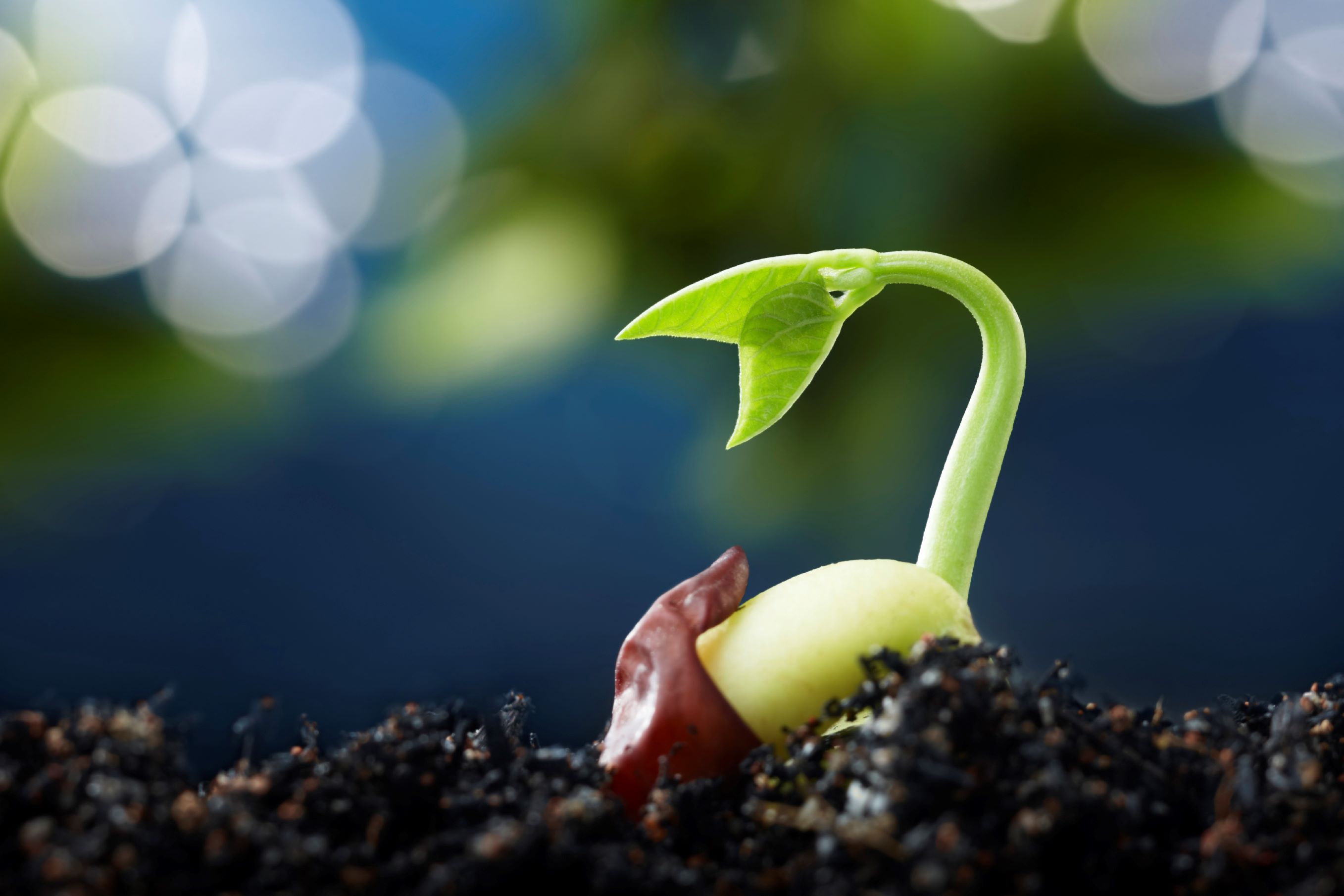

Garden Essentials
Why Do Germinating Seeds Undergo Cellular Respiration
Modified: March 26, 2024
Discover why germinating seeds undergo cellular respiration in the garden. Uncover the importance of this process for plant growth and development.
(Many of the links in this article redirect to a specific reviewed product. Your purchase of these products through affiliate links helps to generate commission for Storables.com, at no extra cost. Learn more)
Introduction
Welcome to the fascinating world of germinating seeds! Seeds are nature’s remarkable packages of life, containing the potential to grow into beautiful plants and trees. But have you ever stopped to wonder how these humble seeds burst forth with life and start their journey towards becoming a flourishing plant? The answer lies in a process called cellular respiration.
Cellular respiration is a vital metabolic process that occurs in all living cells, including germinating seeds. It is the process by which cells convert organic molecules, such as glucose, into adenosine triphosphate (ATP) – the primary source of energy for all cellular activities.
In this article, we will delve into the world of germinating seeds and explore the fascinating role of cellular respiration in their growth and development. We will uncover the importance of this process and shed light on the factors that influence cellular respiration in germinating seeds.
So, join us as we dig deep into the science behind germinating seeds and unravel the mysteries of cellular respiration!
Key Takeaways:
- Germinating seeds use cellular respiration to convert stored energy into fuel for growth, like a tiny power plant inside the seed, helping it grow into a young plant.
- Factors like temperature, oxygen, and moisture levels affect how well seeds can use cellular respiration, like how the right conditions help a seed “breathe” and grow happily.
Read more: What Process Do Spores Undergo To Germinate
Definition of Germinating Seeds
Before we dive into the intricacies of cellular respiration in germinating seeds, it is important to understand what germination is and how it occurs.
Germination is the process by which a seed transforms from a dormant state into an actively growing plant. It is triggered by certain environmental conditions, such as warmth, moisture, and oxygen, which provide the necessary cues for the seed to begin its journey towards growth.
During germination, the seed absorbs water, causing it to swell and activate various biochemical and physiological processes. The primary goal of germination is to break the seed dormancy and initiate the development of a new plant with roots, stems, and leaves.
Germinating seeds go through various stages. First, the seed coat, which serves as a protective layer, cracks or softens, allowing water to penetrate. Once water enters the seed, it activates the necessary enzymes to initiate metabolic processes.
With the availability of water and oxygen, the seed begins to respire, breaking down complex molecules and releasing energy. This energy is utilized for cell division and elongation, resulting in the growth of the embryo.
As germination progresses, the root emerges first, anchoring the plant into the soil and absorbing water and nutrients. Simultaneously, the shoot develops and grows upward, seeking light for photosynthesis. This process is a remarkable transformation, turning a tiny dormant seed into a young plant ready to face the world.
Now that we have a clear understanding of germination, let’s explore the role of cellular respiration in this fascinating process.
Cellular Respiration in Germinating Seeds
Cellular respiration is a complex biochemical process that occurs within the cells of all living organisms, including germinating seeds. It involves a series of chemical reactions that convert glucose and oxygen into carbon dioxide, water, and adenosine triphosphate (ATP), the currency of cellular energy.
In germinating seeds, cellular respiration plays a crucial role in providing the energy needed for growth and development. When a seed takes up water and undergoes germination, the dormant embryo inside the seed starts to metabolize stored nutrients, primarily starch and lipids.
During the early stages of germination, the embryo relies on stored energy sources to fuel its growth. The stored starch is broken down into glucose molecules, which are then transported to the cells where cellular respiration takes place. Oxygen, obtained from the surrounding environment or produced as a byproduct of photosynthesis in response to light, is also required for respiration.
Once within the cells, glucose and oxygen undergo a series of enzymatic reactions in the mitochondria, the powerhouse of the cell. These reactions include glycolysis, the citric acid cycle (also known as the Krebs cycle), and oxidative phosphorylation.
Glycolysis is the initial step of cellular respiration, in which glucose molecules are broken down into smaller molecules, releasing a small amount of ATP. The citric acid cycle further breaks down these molecules, generating additional ATP and high-energy electrons. Finally, oxidative phosphorylation uses these high-energy electrons to produce a large amount of ATP, which is then utilized by the growing seed for essential functions such as cell division, elongation, and the synthesis of proteins and other cellular components.
It is important to note that during cellular respiration, carbon dioxide and water are also produced as waste products. The carbon dioxide is released through the stomata, tiny pores on the surface of leaves or stems, while water is either utilized in cellular processes or lost through transpiration.
Overall, cellular respiration is a vital process in germinating seeds as it converts stored energy reserves into a usable form, ATP, which powers all cellular activities and enables the seedling to grow and develop.
Germinating seeds undergo cellular respiration to break down stored food for energy. This process helps the seedling grow and develop into a new plant.
Importance of Cellular Respiration in Germinating Seeds
Cellular respiration plays a fundamental role in the growth and development of germinating seeds. Without this essential metabolic process, seeds would be unable to utilize their stored energy reserves and transform into thriving seedlings.
One of the key benefits of cellular respiration in germinating seeds is the production of adenosine triphosphate (ATP), the primary energy currency of cells. ATP provides the necessary fuel for various cellular activities, including cell division, elongation, and the synthesis of proteins, enzymes, and structural components.
As the seed metabolizes stored nutrients, such as starch and lipids, through the process of cellular respiration, ATP is generated in the mitochondria. This energy is then used to support the rapid cell growth and division required for the seedling to emerge from the soil and establish itself as a young plant.
In addition to providing energy, cellular respiration also plays a crucial role in maintaining homeostasis within the germinating seed. The chemical reactions of respiration help to regulate the pH levels and balance the concentrations of various ions and molecules within the seed cells, enabling proper functioning and development.
Furthermore, cellular respiration is closely intertwined with another vital process in plants – photosynthesis. While germinating seeds do not have functional leaves to carry out photosynthesis, they rely on the stored energy reserves obtained through cellular respiration until they develop true leaves and can produce their own food through photosynthesis.
Notably, cellular respiration also plays a role in the response of germinating seeds to environmental cues. For instance, oxygen availability is critical for initiating and sustaining the metabolic processes of germination. Oxygen is not only required for cellular respiration to occur but also acts as a signaling molecule, triggering the release of inhibitory substances and stimulating the activation of enzymes involved in growth and development.
In summary, cellular respiration is of utmost importance in germinating seeds as it provides the necessary energy for growth, enables the maintenance of cellular homeostasis, and establishes a foundation for future photosynthetic processes.
Factors Affecting Cellular Respiration in Germinating Seeds
While cellular respiration is a crucial process in germinating seeds, it is influenced by various internal and external factors that can impact the rate and efficiency of respiration. Understanding these factors is essential for optimizing seed germination and ensuring successful plant growth.
1. Temperature: Germinating seeds have an optimal temperature range that promotes effective cellular respiration. Generally, warmer temperatures enhance the metabolic activity of the seed, leading to increased respiration rates. However, extreme temperatures, both hot and cold, can negatively affect respiration and hinder seed germination.
2. Oxygen Availability: Adequate oxygen is essential for cellular respiration to occur. Insufficient oxygen levels in the germinating seed can lead to anaerobic respiration, a less efficient process that can inhibit growth and development. Proper aeration of the growing medium or soil is crucial to ensure an ample oxygen supply for germinating seeds.
3. Moisture: Water is essential for initiating germination and facilitating cellular processes, including respiration. Arid conditions can lead to desiccation and hinder the metabolic activity of the seed. On the other hand, excessive moisture can create anaerobic conditions, negatively impacting respiration. Maintaining appropriate moisture levels is essential for optimal cellular respiration in germinating seeds.
4. Seed Dormancy: Some seeds have built-in mechanisms of dormancy that prevent germination until specific conditions are met. During dormancy, cellular respiration is minimal or non-existent. Various factors, such as exposure to light, temperature fluctuations, or stratification (cold treatment), can break seed dormancy, activating cellular respiration and promoting germination.
5. Nutrient Availability: Germinating seeds require a range of nutrients to support cellular processes, including respiration. Nutrient deficiencies can inhibit metabolic activities and hamper cellular respiration. Providing a balanced nutrient supply, either through the seed coat or growing medium, is crucial to support optimal respiration and seedling growth.
6. Seed Viability: The viability of the seed, or its ability to germinate and develop into a healthy plant, can also affect cellular respiration. Healthy and viable seeds typically have more active metabolic processes and efficient respiration rates compared to aged or damaged seeds.
It is important to remember that the interplay of these factors is complex, and their effects may vary depending on the specific plant species and environmental conditions. By understanding and managing these factors, gardeners and growers can optimize cellular respiration in germinating seeds, promoting successful germination and healthy plant growth.
Read more: Why Germinate In The Dark
Conclusion
Germinating seeds undergo a remarkable transformation as they embark on their journey towards becoming thriving plants. This transformation is made possible by the process of cellular respiration, which converts stored energy into ATP, fueling the growth and development of the seedling.
Cellular respiration is essential for germinating seeds as it provides the energy necessary for crucial cellular activities, such as cell division, elongation, and the synthesis of proteins and other cellular components. It also helps in maintaining homeostasis within the seed and lays the foundation for future photosynthetic processes.
Several factors influence cellular respiration in germinating seeds, including temperature, oxygen availability, moisture levels, seed dormancy, nutrient availability, and seed viability. By understanding and managing these factors, gardeners and growers can maximize the efficiency of respiration and ensure successful seed germination and plant growth.
Exploring the world of germinating seeds and unraveling the mysteries of cellular respiration not only deepens our understanding of plant biology but also provides practical knowledge for gardeners and plant enthusiasts. By harnessing the power of cellular respiration, we can nurture seeds into robust seedlings and witness the beauty and abundance of nature.
So, whether you are a passionate gardener or simply curious about the wonders of the natural world, understanding the importance of cellular respiration in germinating seeds is key to achieving successful and bountiful gardens.
Frequently Asked Questions about Why Do Germinating Seeds Undergo Cellular Respiration
Was this page helpful?
At Storables.com, we guarantee accurate and reliable information. Our content, validated by Expert Board Contributors, is crafted following stringent Editorial Policies. We're committed to providing you with well-researched, expert-backed insights for all your informational needs.
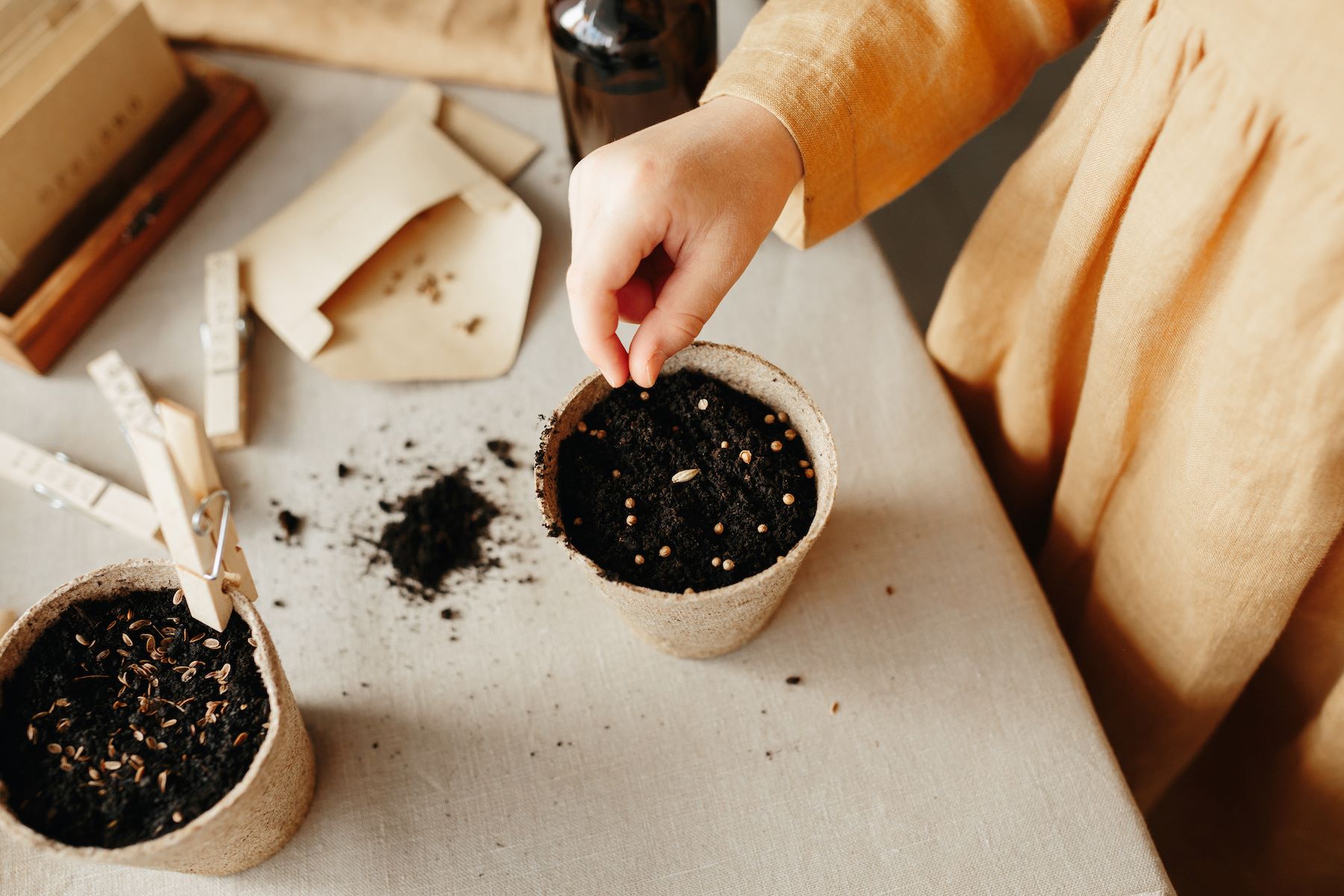
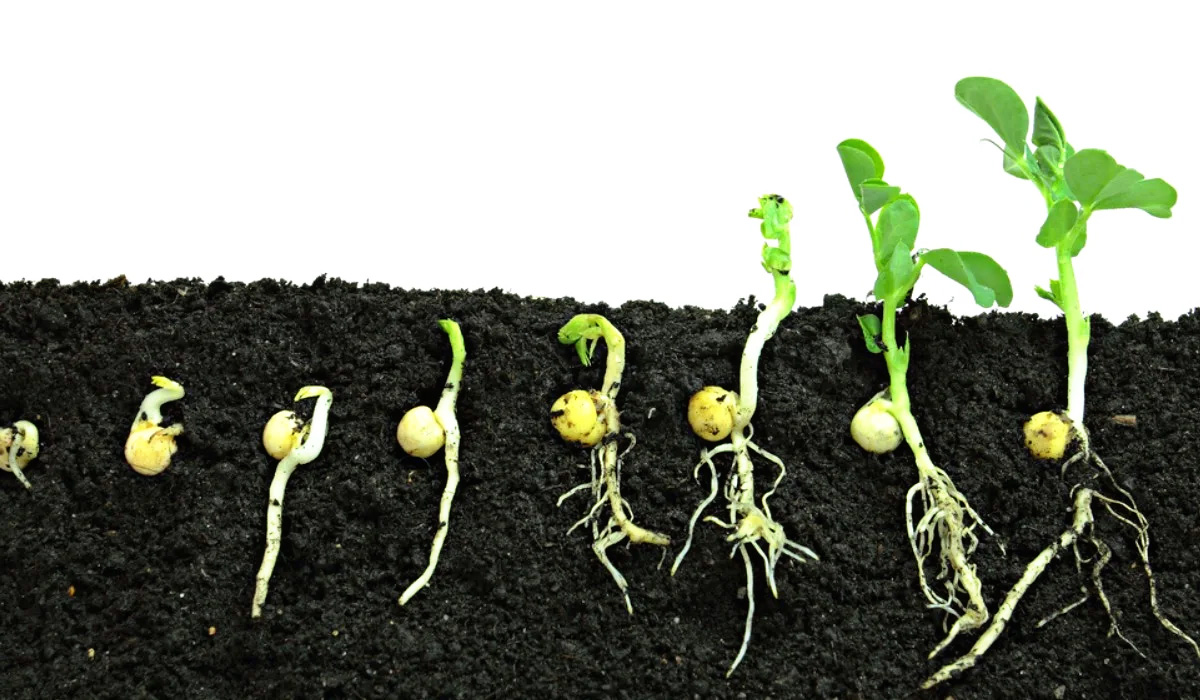
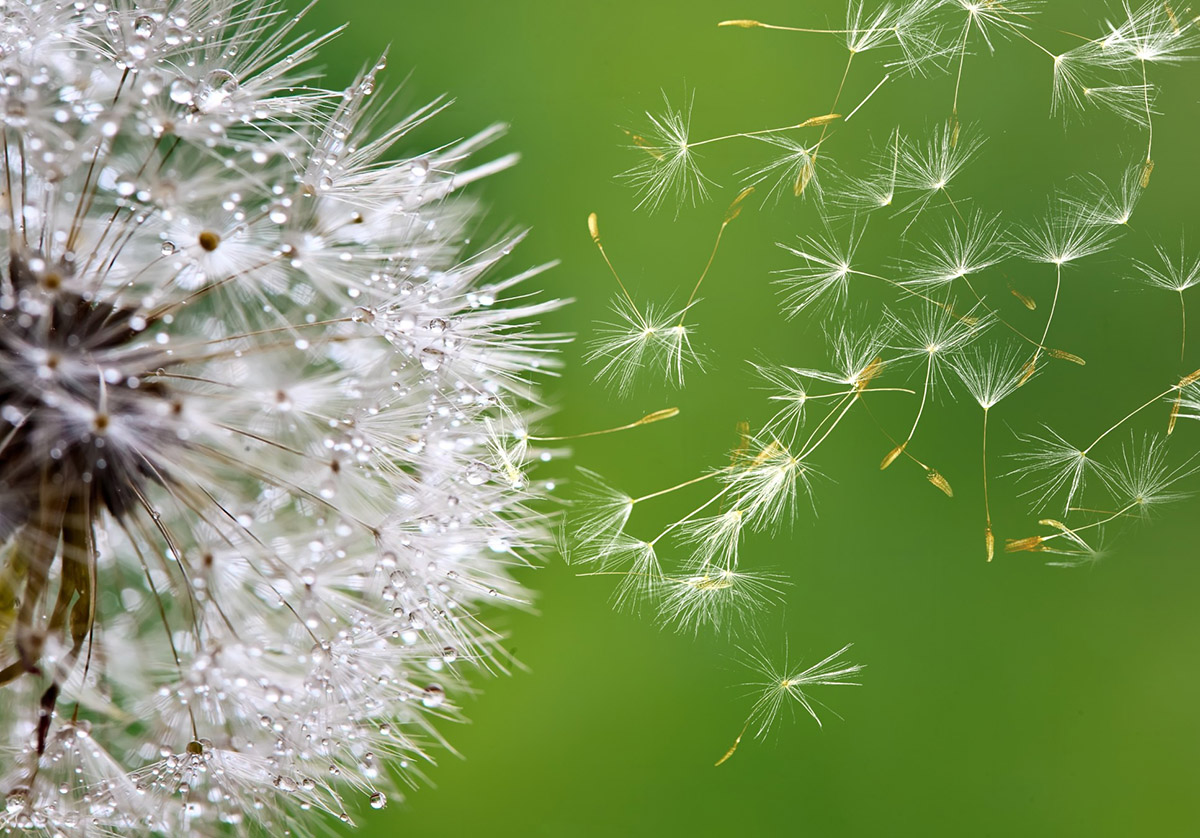


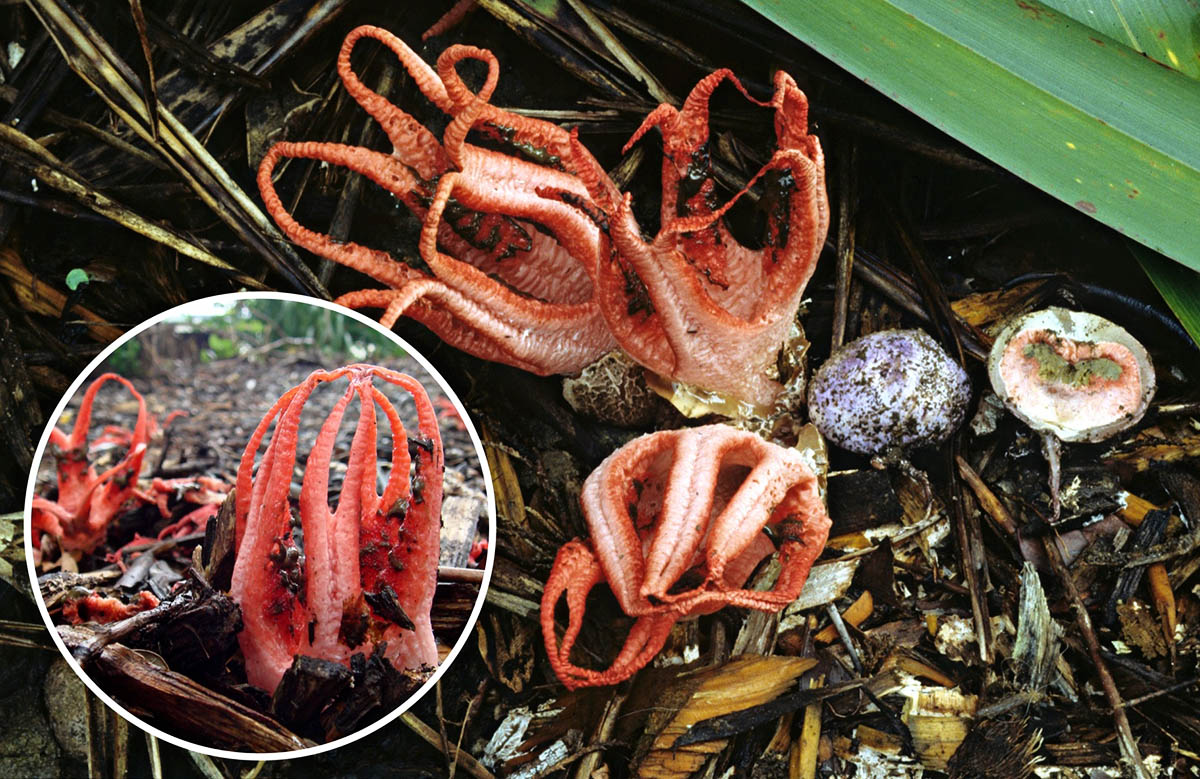
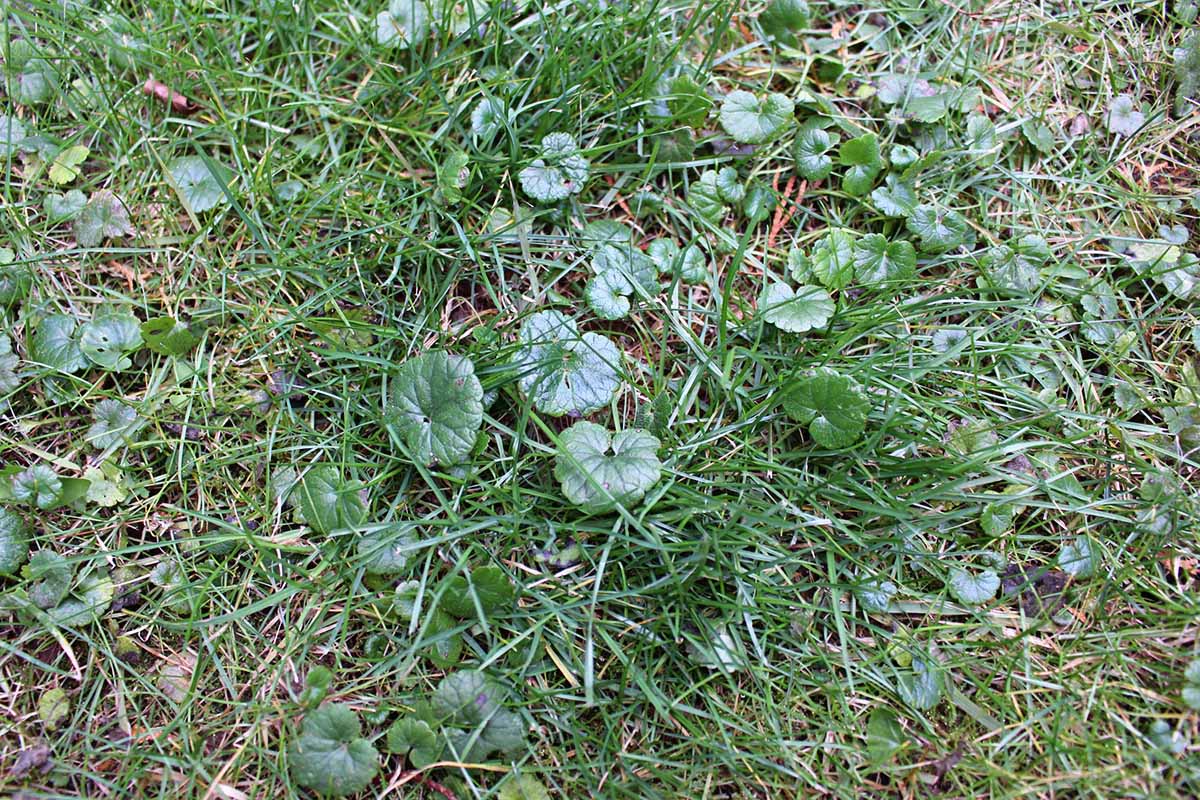
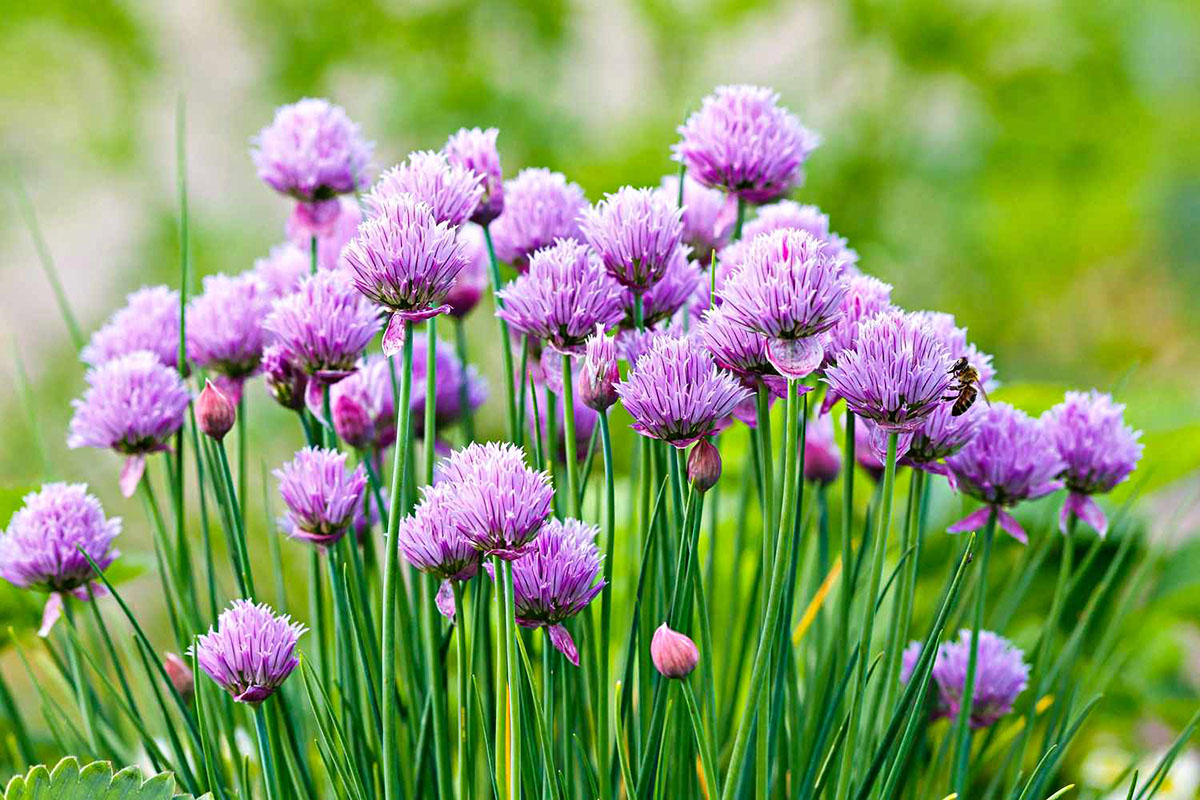
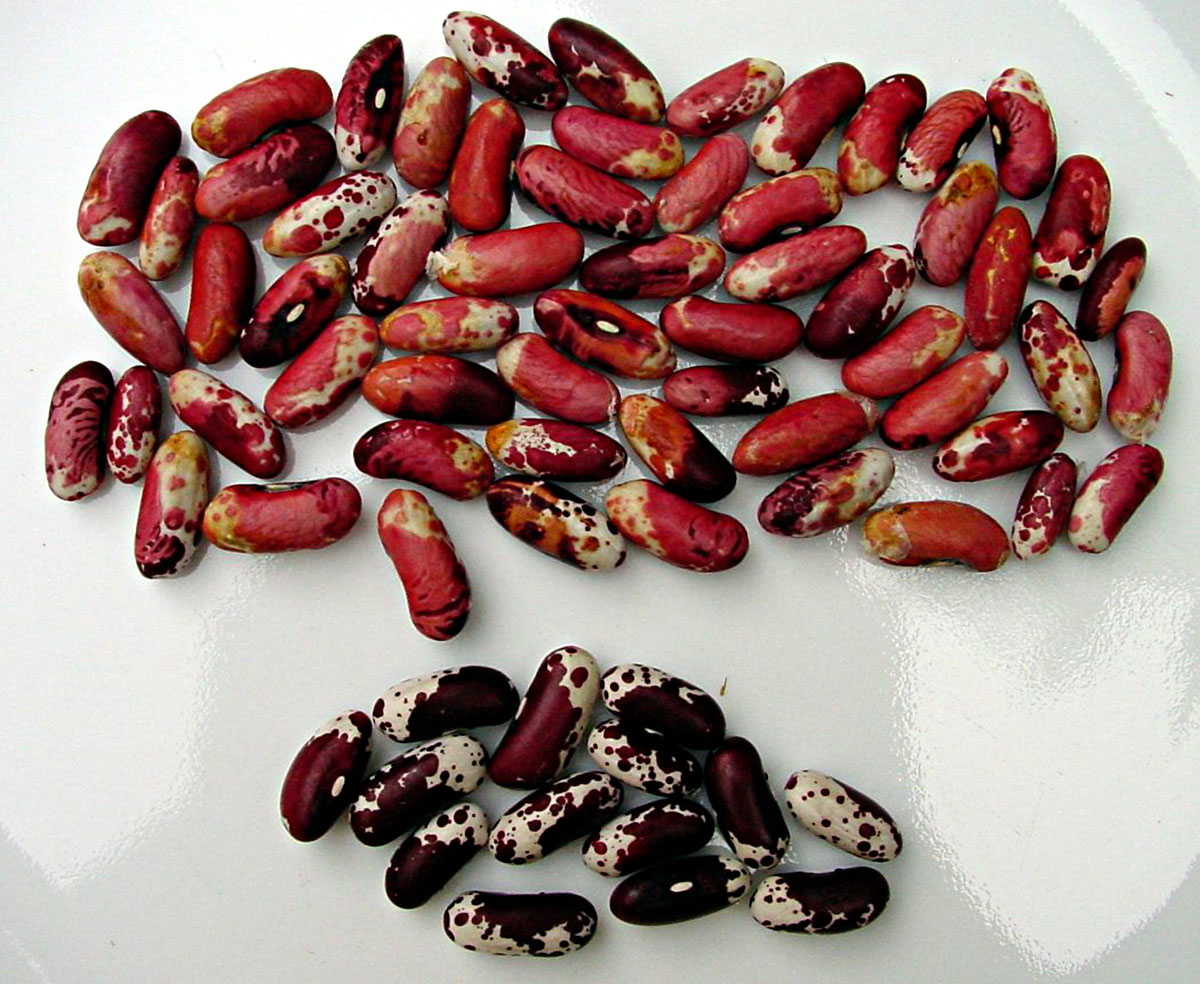
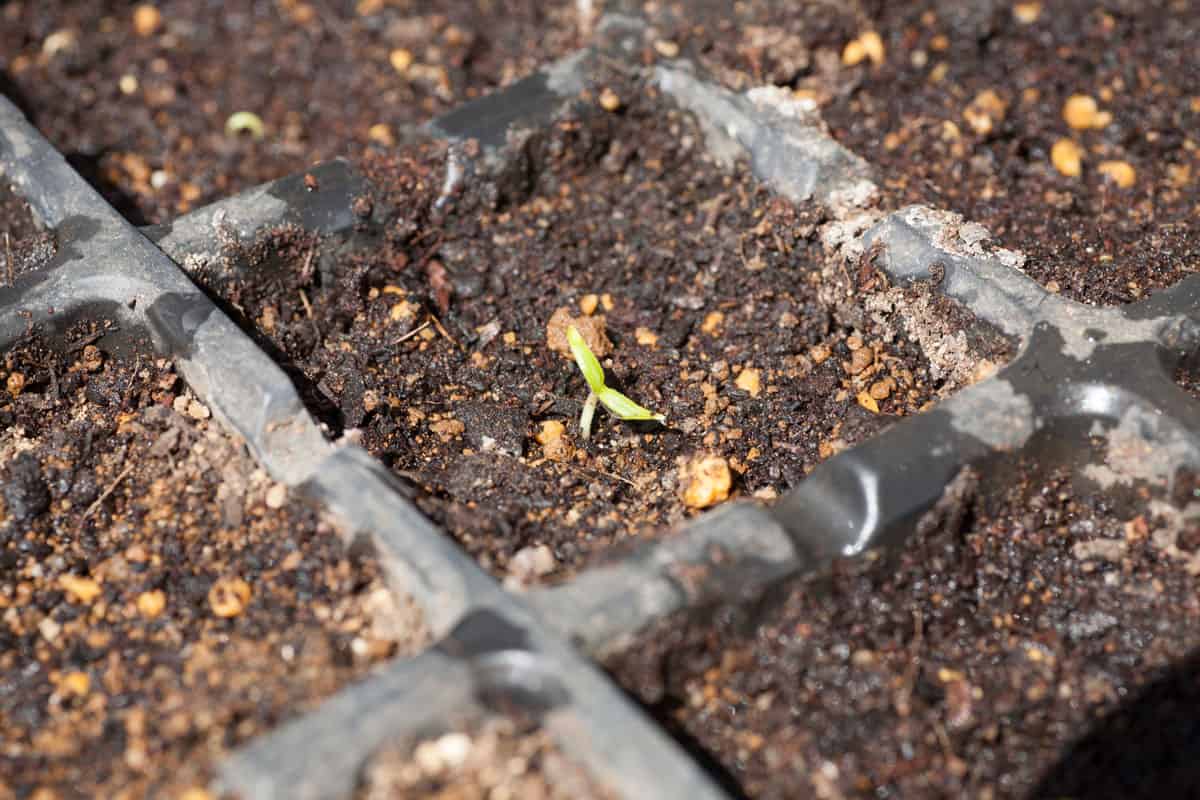
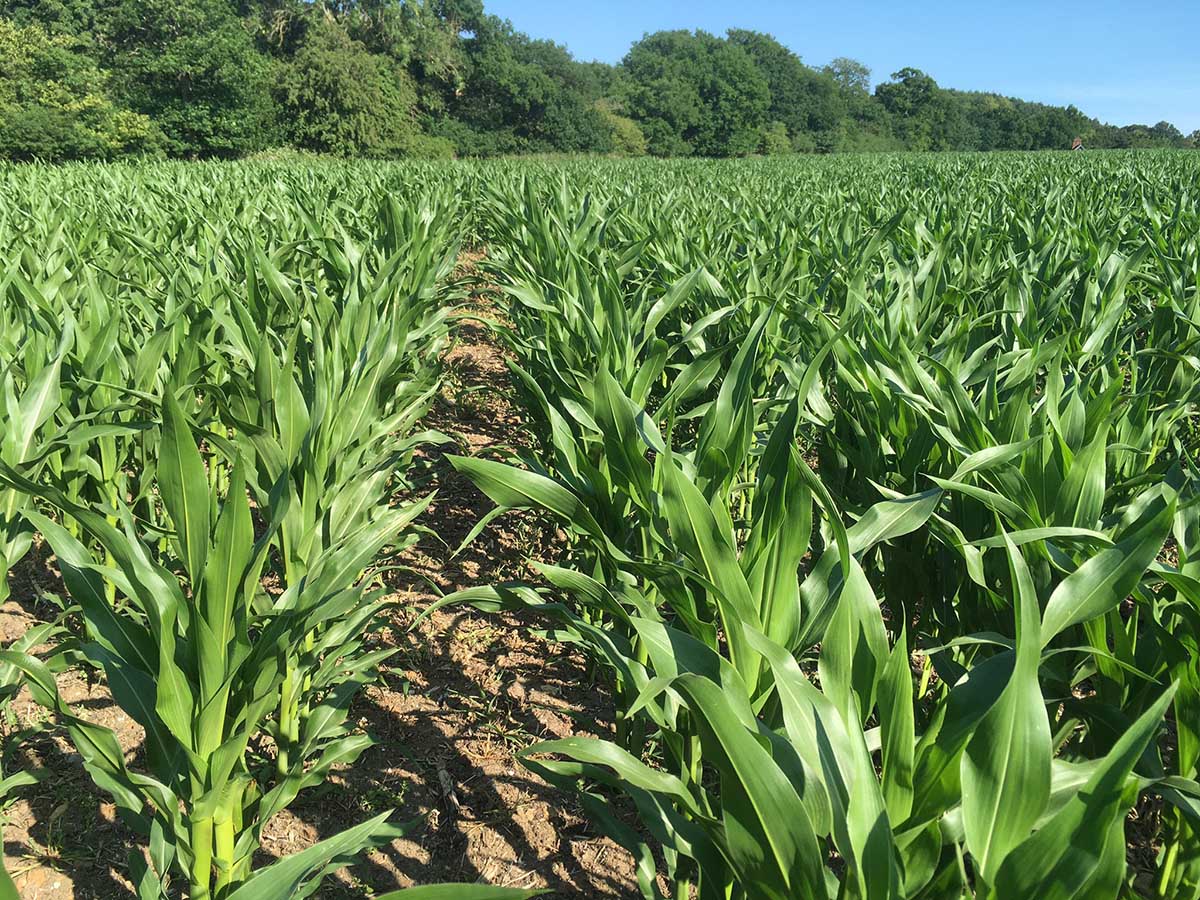
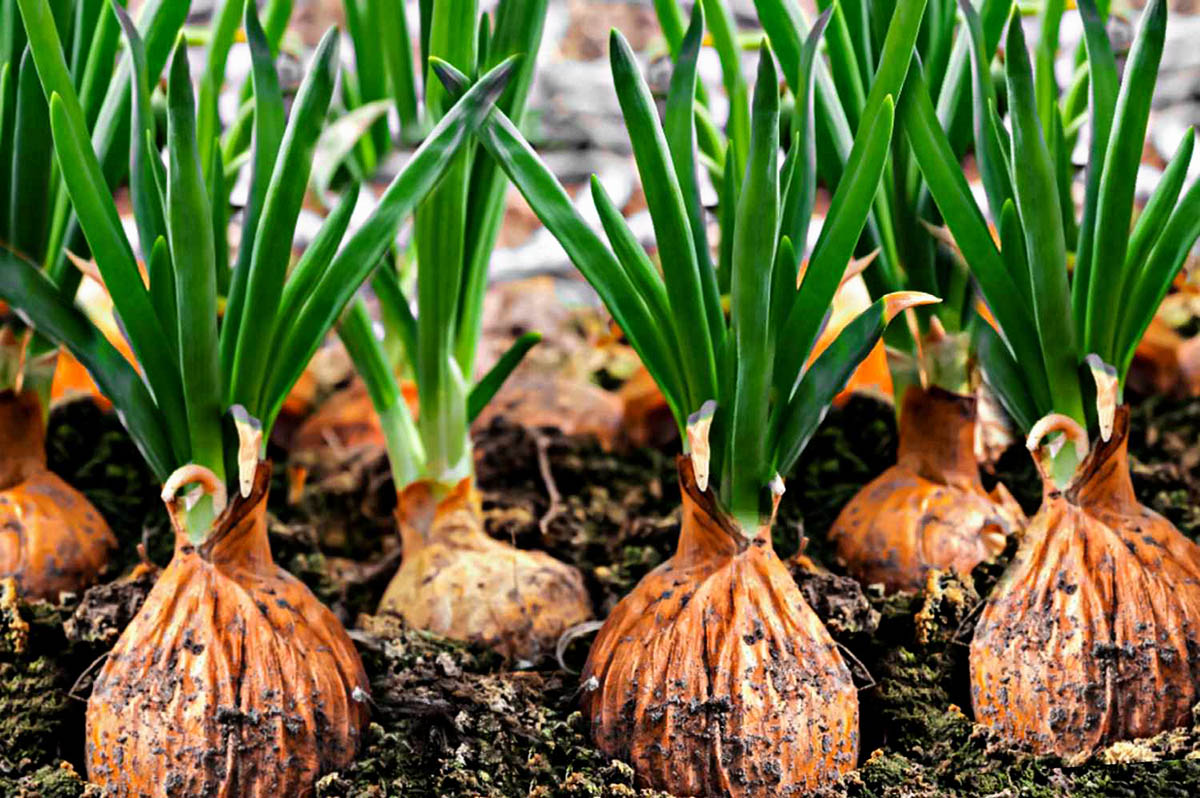
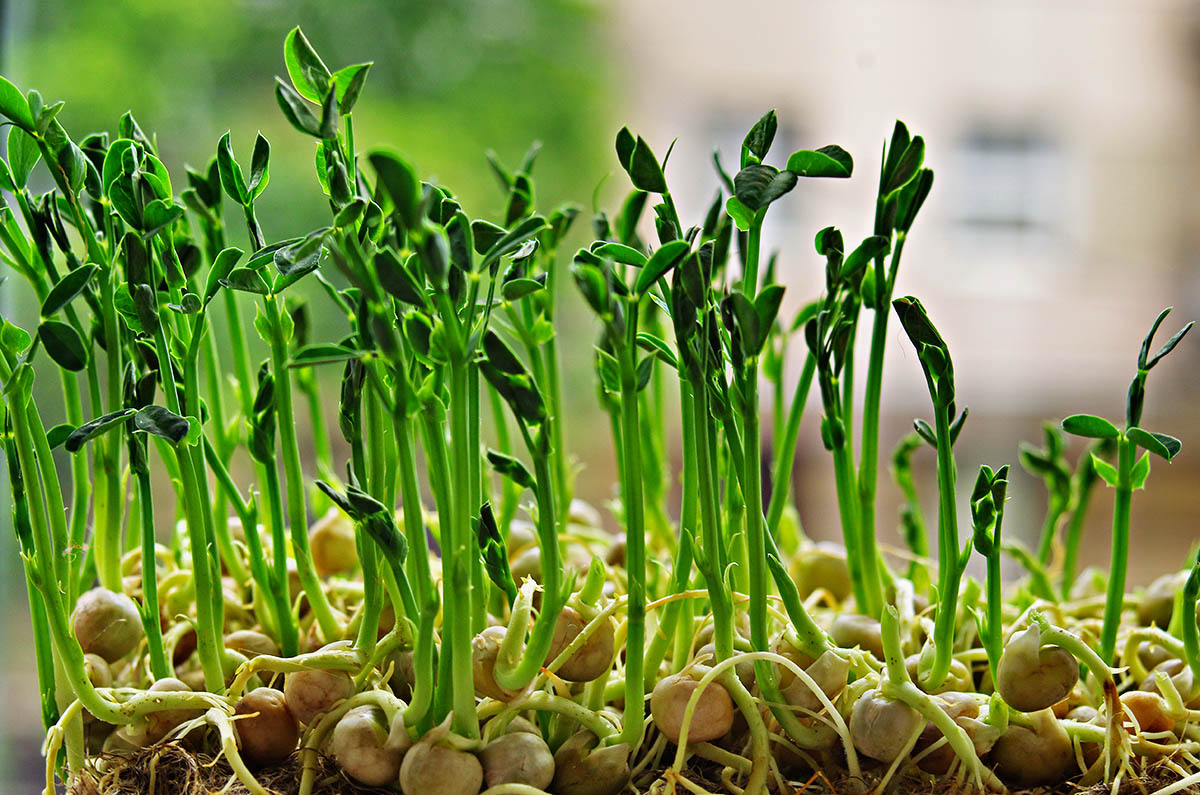
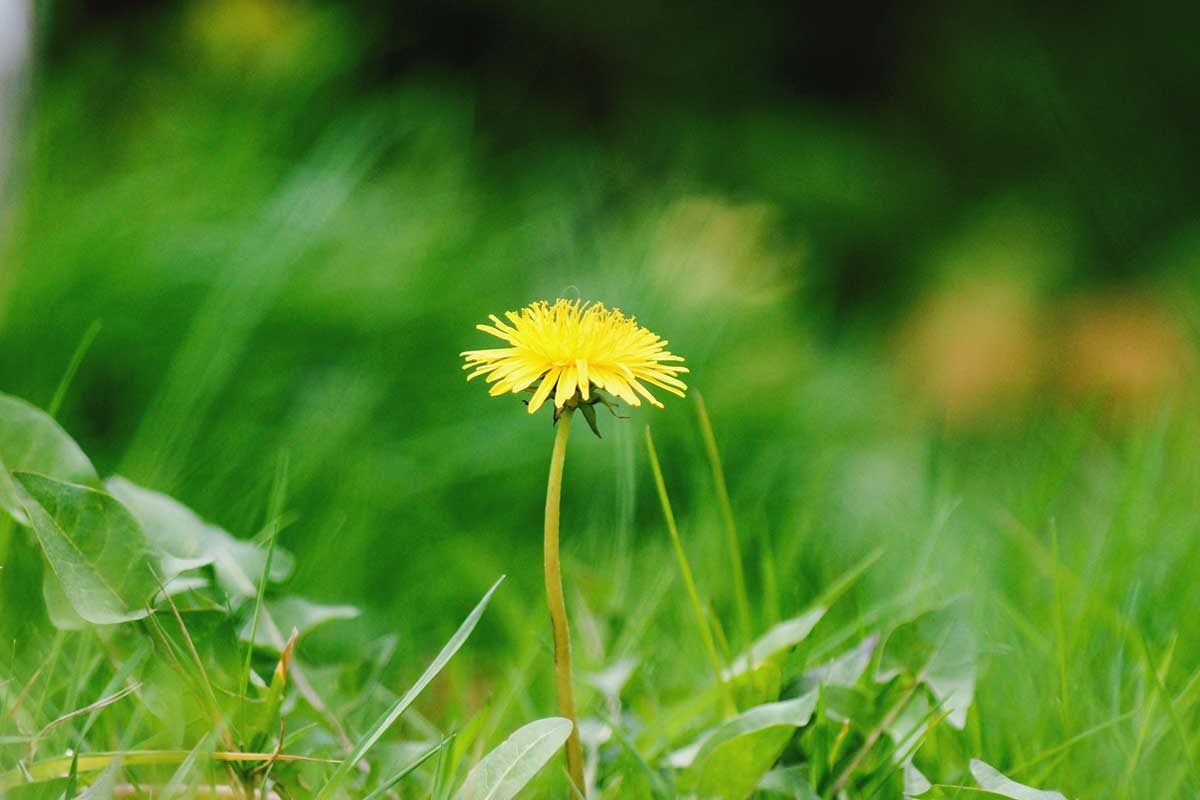

0 thoughts on “Why Do Germinating Seeds Undergo Cellular Respiration”